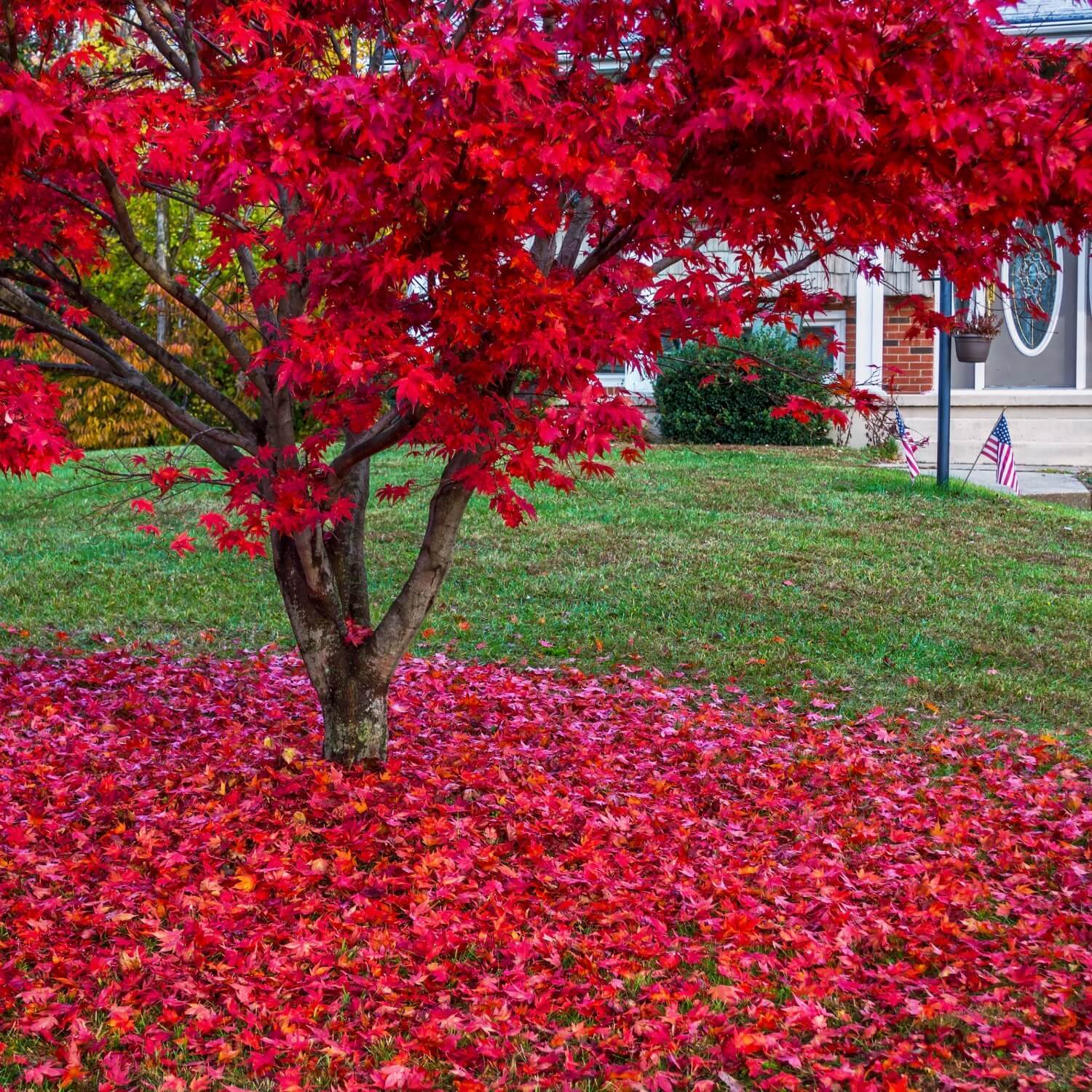

While there are many ways to select a Japanese maple, leaf color is why most people plant this tree. Many popular cultivars produce the familiar red foliage, such as one of the most popular Japanese trees, 'Bloodgood.' But others provide brilliant green or gold tones-and even bicolor leaves. In zones 7–8, they can benefit from planting in partial shade or dappled sunlight to protect the leaves from leaf scorch in the summer heat. Photo credit: JC Raulston Arboretum at NC State University. ‘Rhode Island Red,’ however, takes all the things we love about ‘Bloodgood’ and smooshes it down into a perfectly reduced size.
#Japanese red maple varieties full
Japanese maples should be planted in full to partial sun and in well-drained soil. ‘Bloodgood’ is one of the most popular Japanese maples in North America, but it isn’t a dwarf tree. They are suitable for USDA hardiness zones 5a8b, though a few can brave zone 4 if planted in protected locations. They are suitable for USDA hardiness zones 5a–8b, though a few can brave zone 4 if planted in protected locations. The many different kinds of Japanese maples include Acer palmatum, Acer japonicum, and Acer pictum they are all part of the Sapindaceae (soapberry) family. The many different kinds of Japanese maples include Acer palmatum, Acer japonicum, and Acer pictum they are all part of the Sapindaceae (soapberry) family.

‘Sango Kaku’ is prized as one of the prettiest Japanese maple trees for its changing foliage but also bright coral bark, which gives this tree its striking contrast all year round. The foliage offers striking color throughout the growing season, becoming even more beautiful with the fall color change. Several dwarf varieties stay small and can be trained as bonsai.Īlthough the tree blooms in spring, it's the palmate leaves with five-, seven-, or nine-toothed finger-like leaves that offer the real appeal. With over a thousand varieties, it is a smallish species, with mature heights of 4–30 feet, depending on the cultivar. The ornamental Japanese maple family has 6 species namely: Golden pond, Bloodgood, Hupp’s Swarf, Butterfly, Little Princess and. The graceful tree has gray bark and is beautiful throughout the year. A timeless classic, this ribbon-leaf Japanese Maple Variety is native to eastern Asia and features red, hand-shaped leaves divided into spindly, finger-like lobes. Choose this variety if you're looking for a small-size red cut-leaf variety of Japanese maple. 01 of 07 Atrolineare Photo by: Ralph Anderson Small, upright form black-red, straplike leaves.

It is only the Japanese maple treeswith perennial red leaves that are popular for their decorative red appearance round the year. 01 of 18 Dissectum Atropurpureum Peter Krumhardt A classic Japanese maple, 'Dissectum Atropurpureum' bears deeply cut, feathery, red-purple leaves that turn crimson in fall. Japanese maple tree varieties are prized for their delicate and colorful foliage throughout the growing season and autumn. There are so many red maple varieties that do not really stay red throughout the year. The Spruce Home Improvement Review Board.


 0 kommentar(er)
0 kommentar(er)
